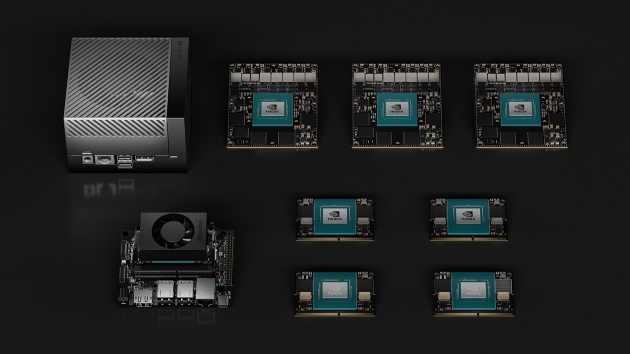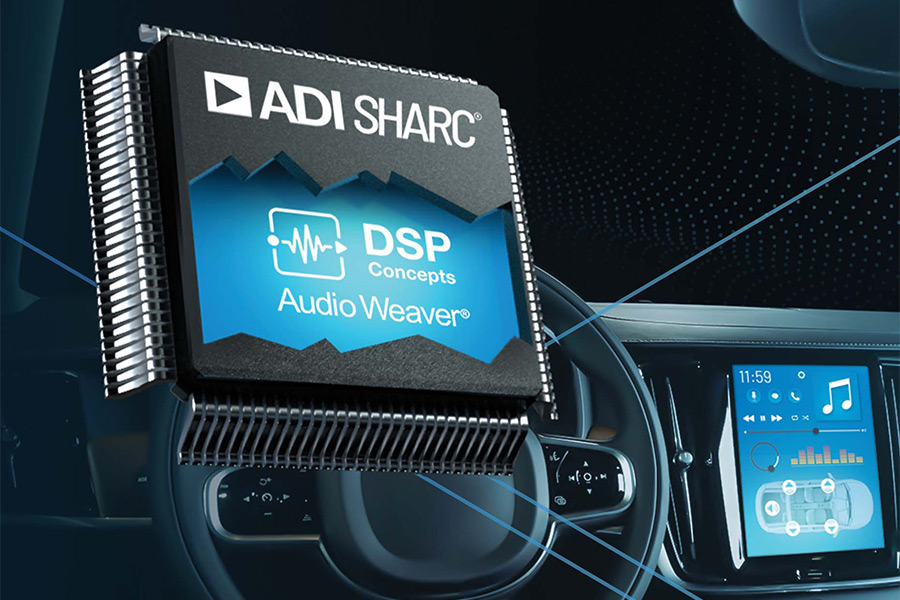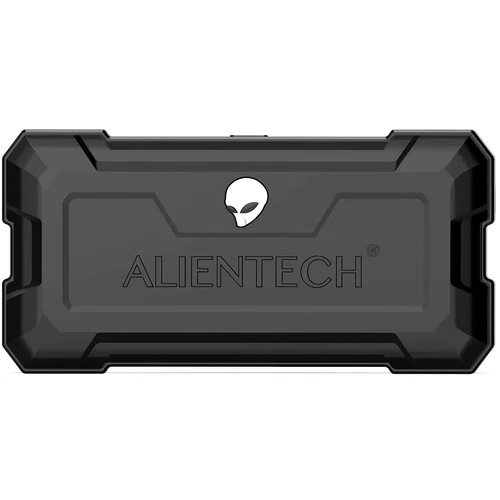Demystifying the Digital Heartbeat: Types of Semiconductors Explained
SEO Title: Types of Semiconductors Explained: Intrinsic, N-Type & P-Type | Your Guide
SEO Description: Discover the fundamental types of semiconductors - Intrinsic, N-Type, and P-Type. Learn how doping creates them, their charge carriers, and why they're essential for all modern electronics.
The Tiny Titans: Understanding the Types of Semiconductors
Imagine a world without smartphones, computers, solar panels, or even modern cars. Impossible? It practically would be without semiconductors. These remarkable materials, neither pure conductors like copper nor perfect insulators like rubber, form the absolute bedrock of our digital age. But not all semiconductors are created equal. Understanding the different types of semiconductors – primarily Intrinsic, N-Type, and P-Type – is key to unlocking how every electronic device functions.
- Intrinsic Semiconductors: The Pure Foundation
- What they are:These are semiconductors in their purest, crystalline form, typically Silicon (Si) or Germanium (Ge). No intentional impurities are added.
- Structure:Atoms are bound together by covalent bonds (shared electrons) in a perfect lattice structure.
- Charge Carriers:At absolute zero temperature, they behave like insulators – no free charge carriers exist. However, at room temperature, thermal energy breaks some covalent bonds.
- This creates free electrons(negative charge carriers).
- It also leaves behind a "hole" – an empty spot where an electron should This hole acts as a positivecharge carrier because a nearby electron can jump into it, effectively moving the hole.
- Conductivity:Relatively low and highly dependent on temperature (increases as temperature rises). The number of free electrons (n) always equals the number of holes (p), so n = p = n_i (where n_i is the intrinsic carrier concentration).
- Analogy:Think of a perfectly quiet, empty highway at night (absolute zero). As the sun rises (temperature increases), a few cars (electrons) start driving, leaving behind empty parking spots (holes) that other cars can move into.
- Use:While crucial for understanding fundamentals, pure intrinsic semiconductors are rarely used directly in practical devices due to their low and temperature-dependent conductivity.
- Extrinsic Semiconductors: Engineered for Performance
Intrinsic semiconductors become practically useful when we deliberately introduce tiny, controlled amounts of specific impurities into their crystal lattice. This process is called doping. Doping dramatically increases conductivity and allows us to precisely control whether electrons or holes are the primary charge carriers. This gives rise to the two main types of extrinsic semiconductors:
- a) N-Type Semiconductors
- Doping:Doped with pentavalent These are atoms with five valence electrons (e.g., Phosphorus (P), Arsenic (As), Antimony (Sb)).
- How it works:The pentavalent atom replaces a Silicon atom in the lattice. Four of its electrons form covalent bonds with neighboring Silicon atoms. The fifth electron has no bond to form and is very loosely bound to its parent atom.
- Charge Carriers:
- Majority Carriers:The loosely bound fifth electron is easily freed by thermal energy at room temperature, becoming a free electron. Electrons are the dominant (majority) charge carriers.
- Minority Carriers:A small number of holes are still generated thermally (minority carriers).
- Impurity Role:The pentavalent atom that donates the free electron is called a Donor It becomes a fixed positive ion (D+) once it donates its electron.
- Conductivity:Significantly higher than intrinsic semiconductors, primarily due to the abundance of donated free electrons.
- Analogy:Imagine adding bus stops (donor atoms) along our highway. Each bus stop releases a bus (electron) onto the road. Traffic (current) flows easily thanks to all these extra buses.
- b) P-Type Semiconductors
- Doping:Doped with trivalent These are atoms with three valence electrons (e.g., Boron (B), Gallium (Ga), Indium (In)).
- How it works:The trivalent atom replaces a Silicon atom. Its three electrons form covalent bonds with three neighboring Silicon atoms. However, it lacks the fourth electron needed to bond to the fourth neighboring Silicon atom. This creates a hole (an electron deficiency) in that bond.
- Charge Carriers:
- Majority Carriers:Electrons from neighboring atoms can easily jump into this hole to "fill" it. When an electron moves to fill a hole, it effectively leaves a hole behind where it came from. This movement of holes acts as the flow of positive Holes are the dominant (majority) charge carriers.
- Minority Carriers:A small number of free electrons are still generated thermally (minority carriers).
- Impurity Role:The trivalent atom that accepts an electron (effectively creating a mobile hole) is called an Acceptor It becomes a fixed negative ion (A-) once it accepts an electron.
- Conductivity:Significantly higher than intrinsic semiconductors, primarily due to the abundance of holes facilitating charge movement.
- Analogy:Imagine adding construction zones (acceptor atoms) that block lanes (create holes). Cars (electrons) can move forward by filling the blocked lane, but this effectively moves the blockage (hole) backwards. The flow of "missing lane" (hole) represents the positive current.
Why N-Type and P-Type Are Crucial: The PN Junction
The real magic happens when you bring a piece of N-type semiconductor into direct contact with a piece of P-type semiconductor. This forms a PN Junction.
- Electrons diffuse from the N-side (high concentration) to the P-side (low concentration).
- Holes diffuse from the P-side (high concentration) to the N-side (low concentration).
- This creates a Depletion Regionnear the junction, devoid of free carriers, and establishes an internal electric field.
- This PN junction is the fundamental building block of virtually all semiconductor devices:
- Diodes:Allow current to flow easily in one direction only (rectification).
- Transistors:Act as switches or amplifiers (the foundation of CPUs and memory).
- Solar Cells:Convert light into electricity.
- LEDs (Light Emitting Diodes):Convert electricity into light.
Comparison Table: Semiconductor Types at a Glance
|
Feature |
Intrinsic |
N-Type |
P-Type |
|
Purity |
Pure (e.g., Si, Ge) |
Doped |
Doped |
|
Dopant Type |
None |
Pentavalent (e.g., P) |
Trivalent (e.g., B) |
|
Dopant Name |
- |
Donor |
Acceptor |
|
Majority Carrier |
Electrons and Holes (equal) |
Electrons |
Holes |
|
Minority Carrier |
- |
Holes |
Electrons |
|
Charge of Majority Carrier |
Negative (e-) & Positive (h+) |
Negative (e-) |
Positive (h+) |
|
Conductivity |
Low (temp-dependent) |
High |
High |
|
Primary Use |
Theoretical basis |
PN Junction (N-side) |
PN Junction (P-side) |
Conclusion: The Engineered Foundation of Technology
From the pure, temperature-sensitive nature of intrinsic semiconductors to the precisely engineered conductivity of N-type (electron-rich) and P-type (hole-rich) semiconductors, these materials are the silent workhorses of the modern world. Understanding these fundamental types – how doping creates them and how their charge carriers behave – is essential to grasp the operation of the diodes, transistors, and integrated circuits that power everything from your toaster to the world's most powerful supercomputers. It's the clever manipulation of these tiny types of semiconductors that allows us to control the flow of electricity and information, shaping the digital landscape we live in.




